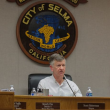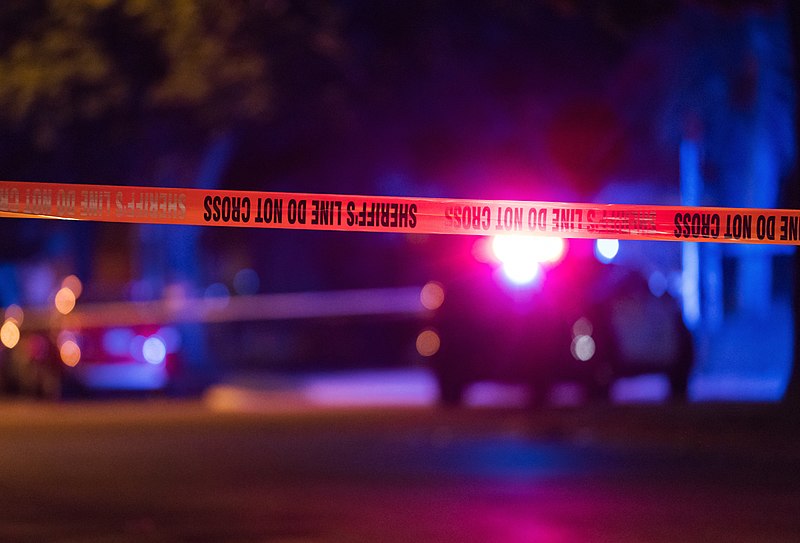Fresno Mayor Jerry Dyer and his administration outlined their strategy to deal with homelessness during Wednesday’s City Council meeting.
Missing-in-action? The man chiefly tasked with the job of combatting homelessness: strategic initiatives head H. Spees.
Instead, City Manager Tommy Esqueda laid out the city and region’s homeless situation during the past 15 years and presented the administration’s plan to move forward with combatting the crisis.
Much of the administration’s plan calls back to the 10-year plan from the Fresno-Madera Continuum of Care, which was implemented in 2006.
Under that plan, the organization worked to provide transitional case management services for homeless individuals, expanded the availability of permanent supportive housing and increased job opportunities and skill development to help people live self-sufficiently.
That work resulted in Fresno achieving a 59.3 percent reduction in homelessness by 2017, the most successful change of any city on the West Coast.
But, despite the progress, Fresno saw a 68.9 percent increase in homelessness from 2019 to 2020, and the effects of the COVID-19 pandemic have only exacerbated the issue.
Project Homekey – California’s response to homelessness caused by the COVID-19 pandemic – has played a considerable role in Fresno’s homelessness strategy over the past year. The state initiative provided Fresno with 325 rooms which, in turn, serve about 425 people on average in four motels that have been converted to homeless shelters.
The cost per room to convert from motel to homeless room averaged $62,000, and Esqueda said the city should be prepared to use $70,000 per room in future motel acquisition and renovation costs.
Those rooms also cost an average of $13,600 to maintain. Esqueda expects future operations to come in at a $20,000 per room cost.
Esqueda expects each room to temporarily house 3-5 people over the course of a year.
Along with the housing provided through Project Homekey, Fresno has added 315 emergency shelter beds through several partners, including the Poverello House, the Marjaree Mason Center and the Fresno Economic Opportunities Commission.
In total, the city expects to have 809 new shelter beds once further motel projects are completed.
Moving forward, the city wants to continue to invest in low-barrier shelters, which would offer the following:
- 24-hour access
- No requirements regarding income, sobriety or compliance with mental health treatment
- Partners, pets and possessions are allowed
- Shelter provided regardless of sexual orientation, marital status or gender identification
The city’s strategy also includes the Homeless Assistance Response Team, which is dispatched through Fresno’s 3-1-1 call center and operates as the lead team for engaging efforts with homeless populations. Currently, that task is divvied up among community-based organizations and supported by code enforcement, sanitation and police.
Along with the additional investments in shelters and HART, the city also wants to focus on new housing to combat homelessness, which includes projects such as a pilot-test of tiny home villages and other high-density housing models on city-owned property.
Overall, through Fiscal Year 2022, the city projects the total investment in its homeless strategy to come in at $25.2 million.
It’s worth noting that, up to this point, Fresno taxpayers haven’t contributed to the homeless response via general fund dollars. Instead, the local homelessness activity has largely been funded by state and Federal coronavirus relief funding, starting with the CARES Act.
That poses an issue on the horizon, Fresno City Councilman Miguel Arias contended during Wednesday’s Fresno City Council meeting.
Being able to remove more homeless from the streets or maintain shelter already in operation will require greater resources, not one-time pandemic funds.
“Today, the city has not put one penny of general fund resources, and I think we’re going to have that conversation because I don’t think we can sustain this without general fund money at some point,” Arias said. “We’ve been lucky so far that the state and Federal government have given us a record amount of money, but I do want to encourage you to find general fund money in the budget to help either increase the scale or help with the sustainability of some of these facilities.”










